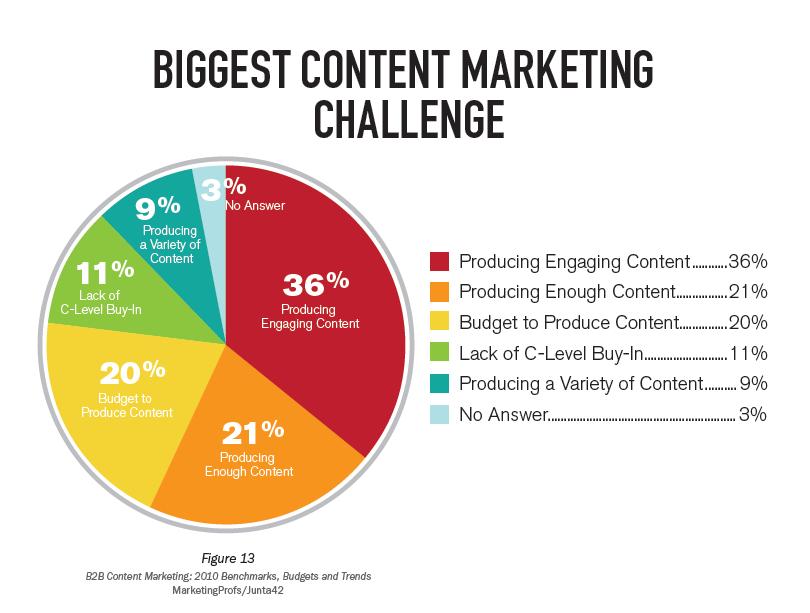I first heard the term content curation in this post by Rohit Bhargava back in 2009.
Rohit positioned that, as more corporations and individuals create content, the role of the content curator is needed. Rohit describes this position as:
Someone whose job it is not to create more content, but to make sense of all the content that others are creating. To find the best and most relevant content and bring it forward.
As we fast forward to 2011, content curation techniques are now a key part of content marketing itself. Actually, it’s always been an important part, but we are just now defining it as content curation.
 My friends at HiveFire recently executed a content curation study of 150 marketing executives. Here’s what they found.
My friends at HiveFire recently executed a content curation study of 150 marketing executives. Here’s what they found.
- Curation establishes thought leadership: 79 percent of content curators listed thought leadership as the primary objective.
- Curation brings brands and customers together: elevating brand visibility/buzz (76 percent) and lead generation (48 percent) were also top objectives of content curators.
- Curation lets marketers focus on original masterpieces: The biggest barrier to curation adoption is creating original content; 79 percent of non-curators found this the biggest challenge, while only 67 percent of content curators felt the same—likely due to the time that curation frees to focus on developing original material.
- Curation has reached critical mass: Over two-thirds (69 percent) of respondents said content curation is more important today than it was a year ago.
So, in order to position ourselves as the trusted thought leaders, we need to act like media companies and curate the best content on the planet in our niche. BUT, the core of that must be original and compelling content. After all, we can bring all the content forward we want, but at the end of the day, our content must have a point of view (which means it needs to be owned media).
As you can see below from our B2B Content Marketing Study, the biggest corporate challenges are indeed producing enough engaging content.

Yes, we are all publishers now, but the evolution from marketing departments to more of a publishing department will still take years for most brands to transform into. When that happens, original and curated content from content curators will need to work in harmony.
